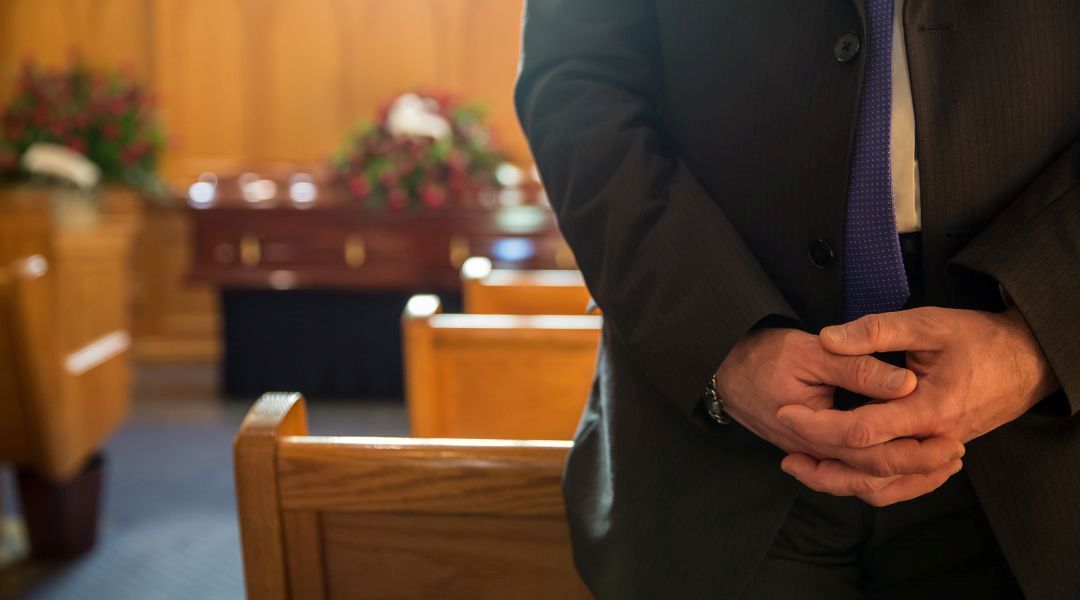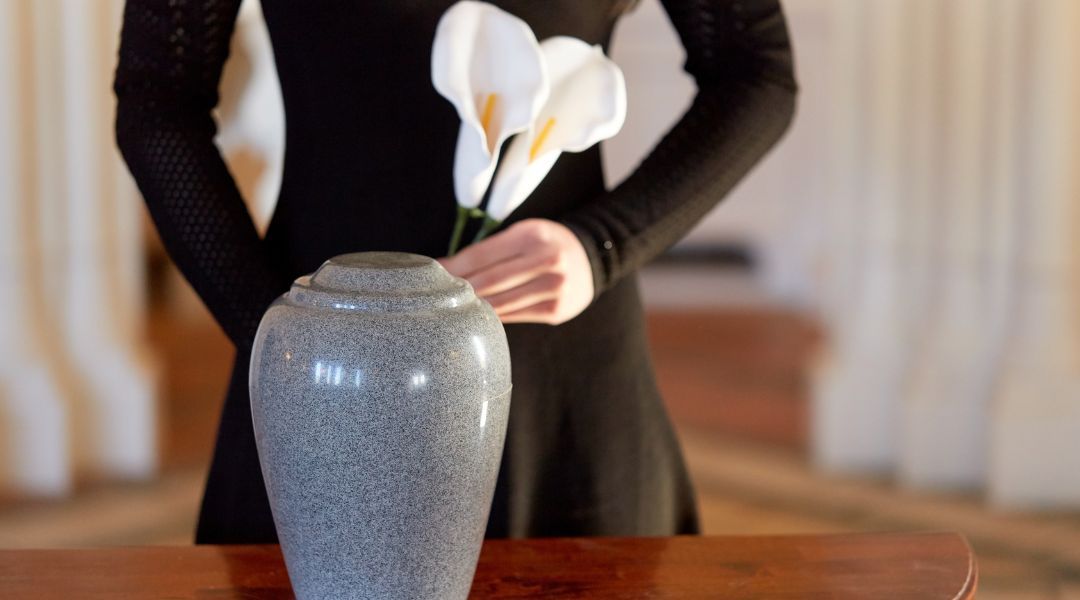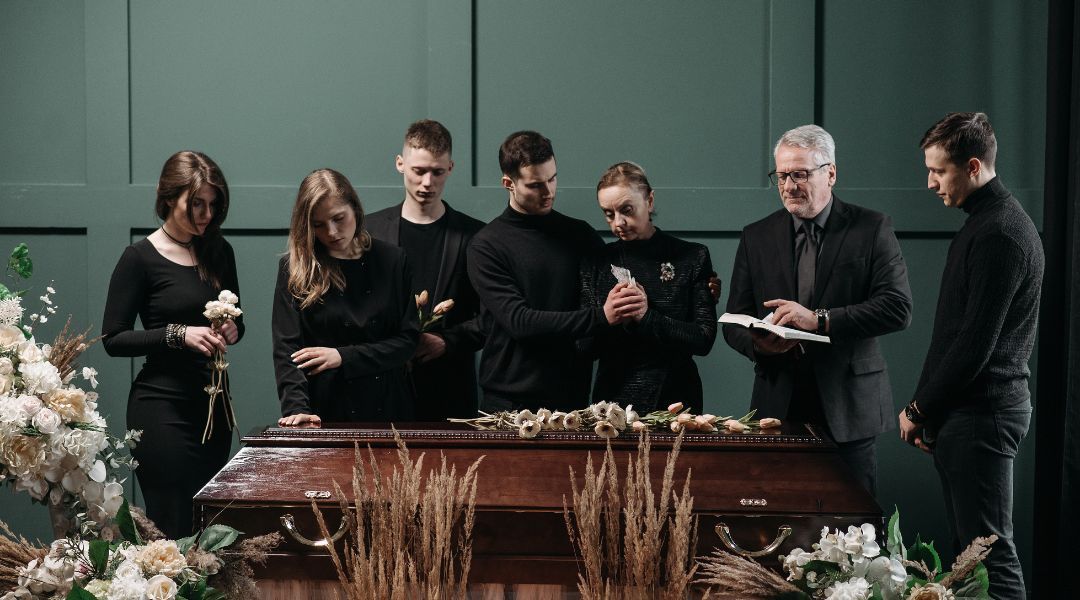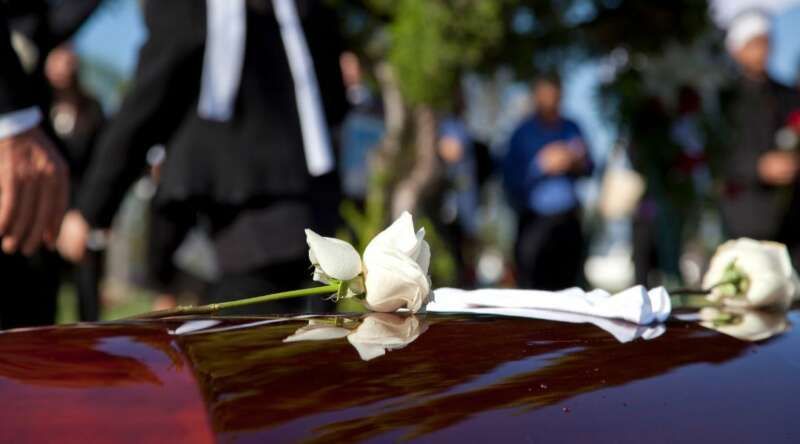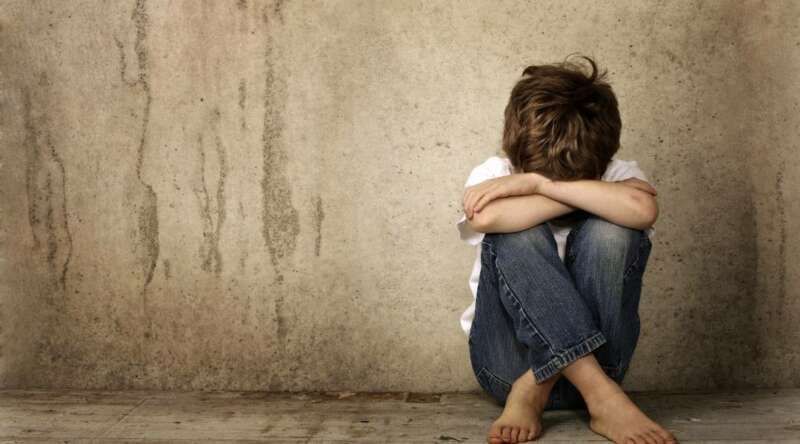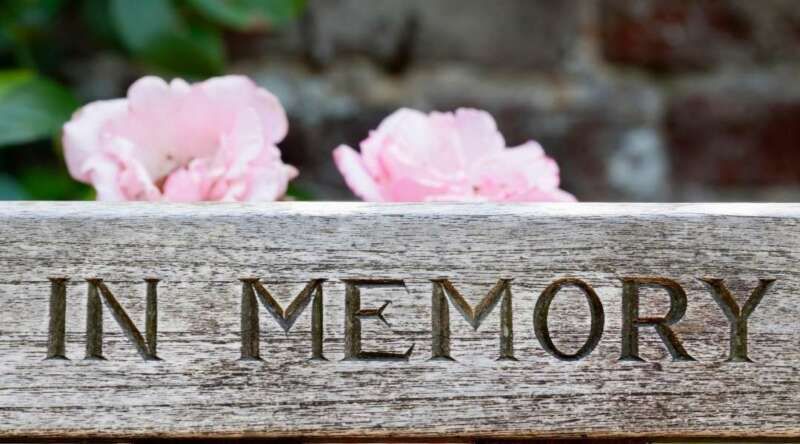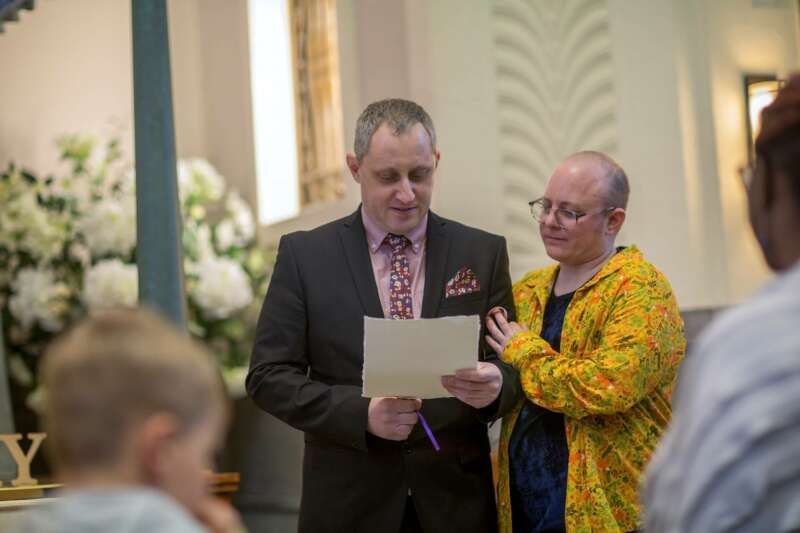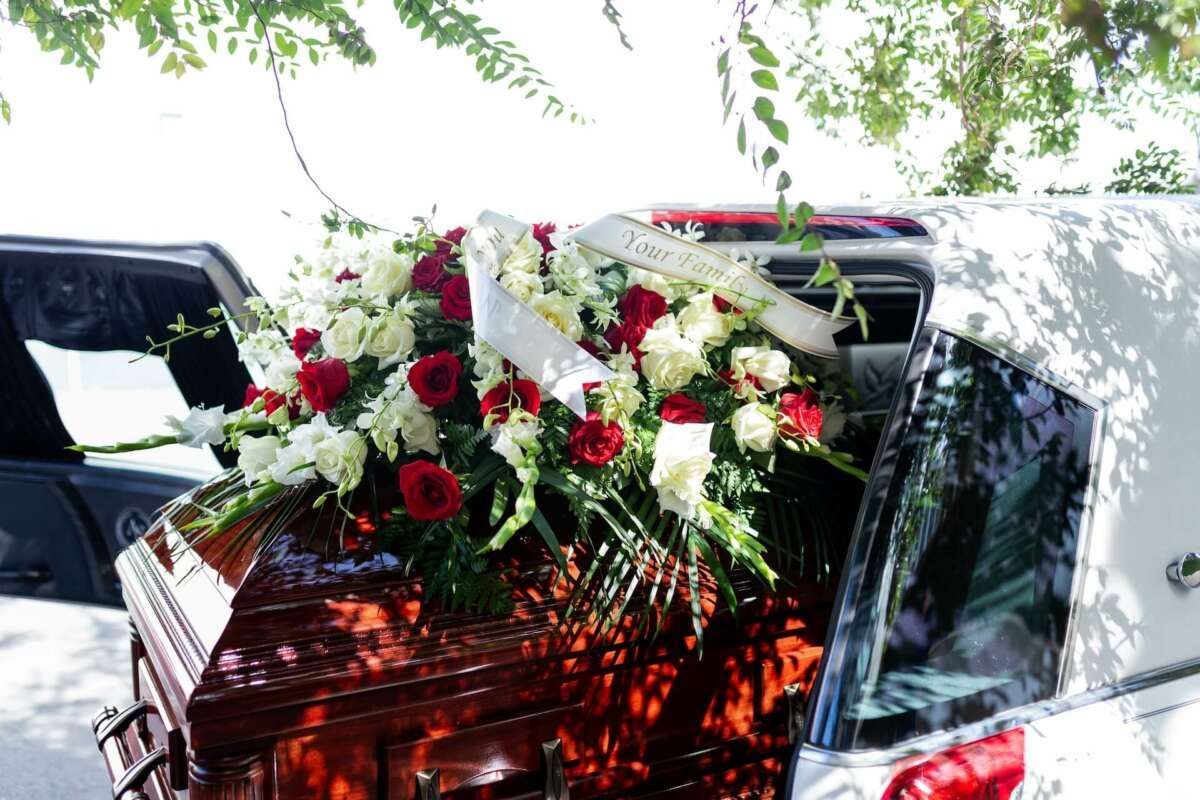Final Arrangements: Deciding Between Cremation and Burial

The loss of a loved one is one of the most difficult emotional experiences that a person can go through, and making final arrangements can add to the weight of the loss, as the choices you make will be a lasting reflection of the person’s life. To honor the memory of your loved one, the choices should reflect their personality, beliefs, and values. When it comes to making a choice, the two most common forms of final arrangements that you could choose from are cremation and burial. In this article, we will delve into both options and provide you with the information you need to make an informed decision.
Cremation
Cremation is a process of reducing the body to ashes and bone fragments through intense heat and flame.
Before Cremation
Before cremation, families typically have the option to have a viewing or a visitation. This allows family and friends to say goodbye and offer their condolences. The body can be prepared for cremation in a funeral home or at the crematory. Embalming is typically not required for cremation, but it can be performed if the family desires a viewing or if the deceased will be transported over a long distance. Before the cremation process, the deceased is typically placed in a casket or an alternative container and then placed in the cremation chamber.
During Cremation
After the body is placed in a cremation chamber, it is then subjected to high temperatures, typically between 1400 and 1800 degrees Fahrenheit. The heat will cause the body to vaporize and reduce to ashes and bone fragments. After this, a cooling period follows to allow the remains to cool enough so staff can handle them. The entire process typically takes 2 to 3 hours, depending on the size and weight of the body.
After Cremation
After cremation, the ashes are typically placed in an urn or container and given to the family. There are several options to choose from when deciding the final resting place of the remains. These include:
- Placing the urn in a columbarium or a mausoleum.
- Scattering the ashes in a meaningful location or according to the deceased’s wishes.
- Burying the urn in a memorial garden or a family plot.
- Keeping the urn in the home of a loved one.
Advantages of Cremation
- Cremation is often a more affordable option compared to burial.
- It can be performed anywhere, making it easier to transport the remains to a final resting place.
- It uses less land and resources.
- It provides you with more options for remembering or honoring your loved one, such as scattering the ashes in a meaningful location, creating memorial jewelry, or dividing the ashes among multiple family members.
- It reduces the burden of gravesite maintenance for the family.
Disadvantages of Cremation
- Some cultures and religions may not accept cremation, and it may conflict with certain beliefs and values.
- It may be difficult for some family members to accept, as it removes the physical presence of the deceased and may feel impersonal.
Burial
Burial is the process of placing a deceased person into the ground, typically in a cemetery. The initial step in the burial process involves bathing and sanitizing the body. This step is taken to ensure the safety of funeral staff, friends, and family visiting the funeral, as well as to impart a sense of dignity and respect to the deceased.
Before Burial
Before a burial, several steps need to be taken. These include:
- Funeral arrangement: Family members need to make arrangements for the funeral, which may include a funeral service, a viewing, or a memorial.
- Casket selection: A casket needs to be selected for the deceased.
- Embalming: Embalming may be necessary if the family members choose to have a viewing or an open-casket funeral.
- Cemetery selection: A cemetery needs to be selected for the burial, which may include a traditional cemetery, a memorial park, or a mausoleum.
- Obtaining permits: Permits may need to be obtained for the burial, depending on the cemetery and local regulations.
- Purchase of cemetery plot: A cemetery plot needs to be purchased for the burial, which may include the cost of the plot, the grave liner, and the headstone.
During Burial
The burial process provides family members and friends with an opportunity to say goodbye to their loved ones and celebrate their lives. During the burial, the following steps typically take place:
- Funeral procession: A funeral procession from the funeral service location to the cemetery will take place.
- Casket lowering: The casket is typically placed into the grave and lowered into the ground.
- Committal service: A committal service may be held at the graveside, which may include prayers, hymns, and final words of farewell.
After Burial
- Concluding rituals: Family members and friends may participate in final rituals or customs, such as placing flowers or stones on the grave.
- Memorialization: A headstone or marker may be installed at the grave site to commemorate the deceased.
- Final tribute: Family members may choose to hold a memorial service, a celebration of life, or a reception to honor the memory of their loved one.
Advantages of Burial
- Many cultures and religions accept burial.
- Burial provides a permanent memorial for the deceased, allowing future generations to visit and pay their respects. This can also provide emotional comfort for family members as the physical presence of the remains provides a sense of comfort and closure.
Disadvantages of Burial
- Burials are more expensive.
- Burial requires ongoing maintenance of the gravesite, which can be a burden for family members.
Conclusion
Ultimately, the choice between cremation and burial will depend on your personal preferences, beliefs, and budget. Both options have advantages and disadvantages, and it is important to consider all factors before making a decision. Regardless of your choice, the most important thing is to honor your loved one and celebrate their life in a way that is meaningful to you and your family.
At Cunningham Turch Funeral Home , we understand that saying goodbye to a loved one is never easy. That’s why we’re dedicated to providing families in Alexandria, VA, with compassionate, professional, and personalized funeral and cremation services. Our experienced funeral directors are here to guide you through every step of the process, offering their expertise, support, and care. With a single point of contact, you can rest assured that you’ll receive the highest level of service without the added stress of navigating a complex process.
We believe that honoring a loved one’s life should be a celebration, not just a farewell. That’s why we offer a range of funeral and cremation options tailored to your unique needs and wishes. Whether you’re looking for a traditional funeral service or a more personal celebration, we’re here to help.
The post Final Arrangements: Deciding Between Cremation and Burial appeared first on Cunningham Turch Funeral Home.
